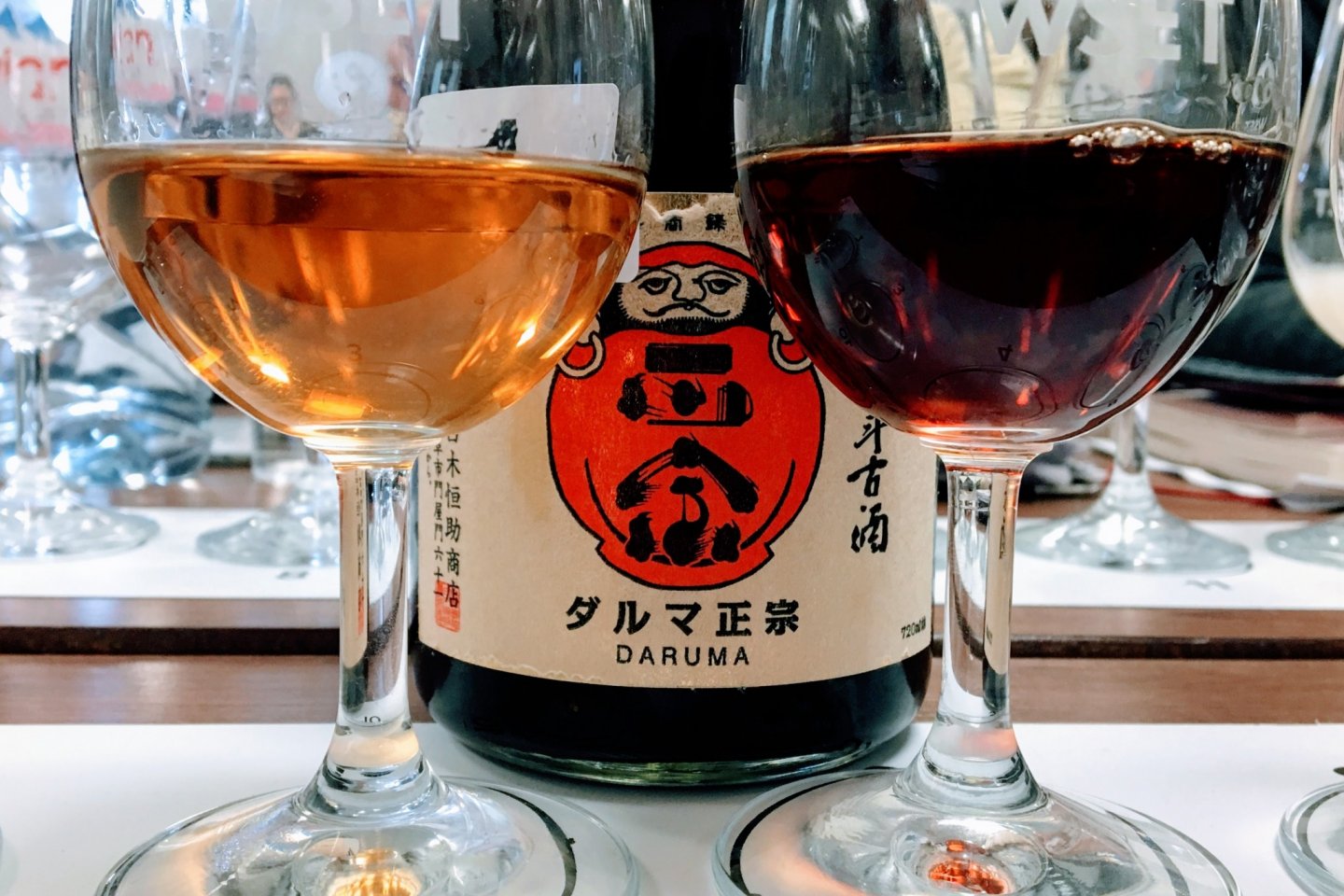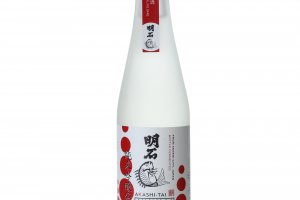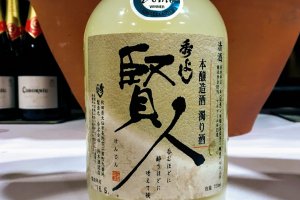While you may think of sake as a clear, colorless beverage with a water-like appearance, this is far from the case! Sake comes in many forms, from fresh to aged, still to sparkling, clear to cloudy, sweet to savory.
Read on to find out more about five of the different kinds of specialty sake that you will encounter!
5 Styles of Specialty Sake:
- Sparkling Sake: Pleasantly sweet (but unlike champagne there is no sugar added!), low in alcohol and effervescent. This is a relatively new style, introduced around 2010 which has proven very popular with Japanese and Western consumers alike. Taste can vary from very sweet to very dry and the aroma is reminiscent of peaches, melon, and tropical fruit.

- Koshu - Aged sake: All sake is matured for six months before bottling, and while there is no regulation concerning the ageing time for Koshu, it is typically aged for over three years before consumption. Some are aged for five, ten or even forty years in different containers and a range of different temperatures, sometimes below freezing. Ageing sake impacts the colour, changing it to gold, umber and even chestnut. The smell is distinctly mushroomy, while the taste is usually rich and sweet like Port or Madeira.

- Nigorizake: This is a style of sake which has only been coarsely filtered (whereas most sake is finely filtered), giving the resulting beverage a cloudy white appearance. As the sake lees remain in this style of sake, it has more of a mouth coating texture and a creamy taste. The smell is evocative of yogurt and sweet dairy.

- Taruzake: This herbaceous smelling sake is aged in Japanese cedar wood casks, called “taru” before consumption. It is from these taru that both the distinctive herbal, zesty aroma and name derive.

- Genmaishu: Sake made from unpolished brown rice. Most sake is brewed from polished rice (white rice), where the husk and the outer parts of the grain have been removed. In 2002, Akashi Sake Brewery produced the first ever genmaishu, which was aged before bottling. This sake is similar in taste and color to dry styles of koshu, and increases in delicious complexity as it ages further.

































